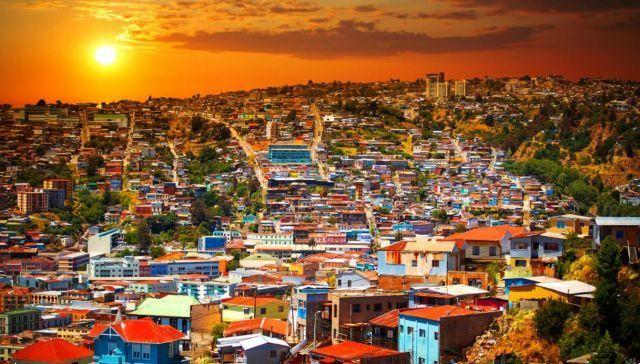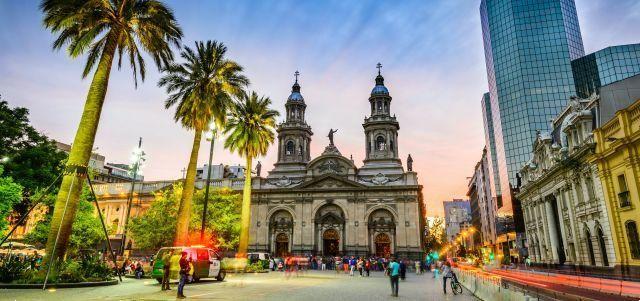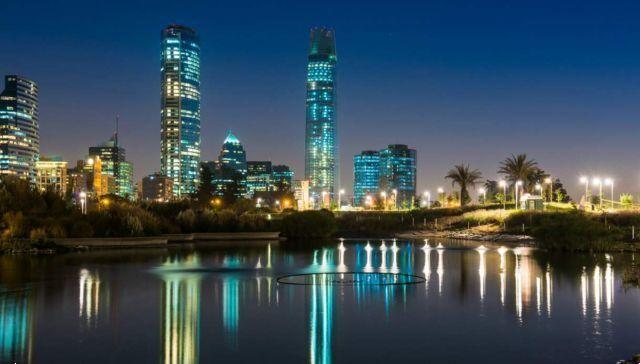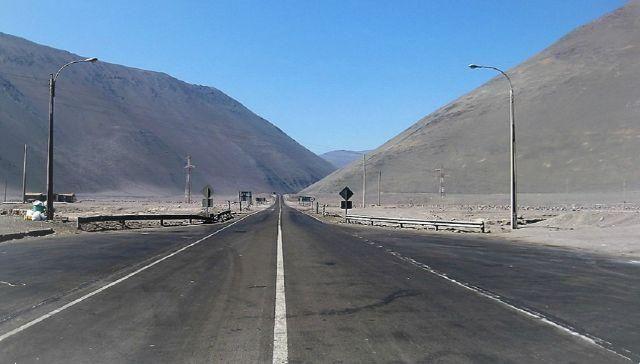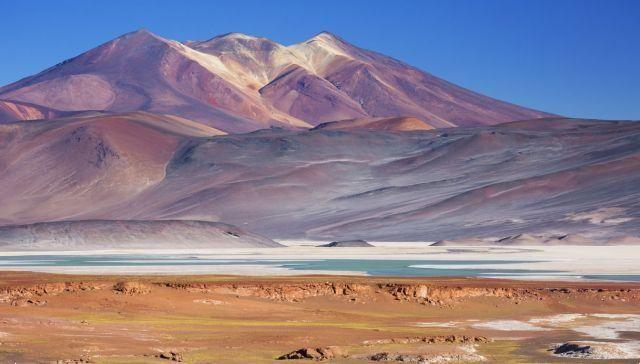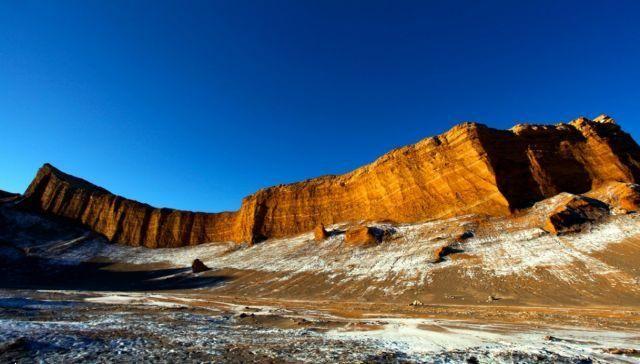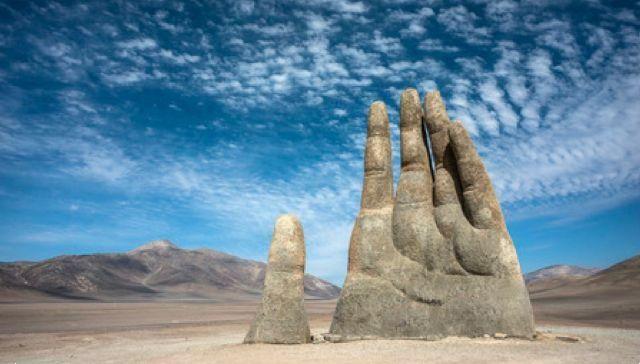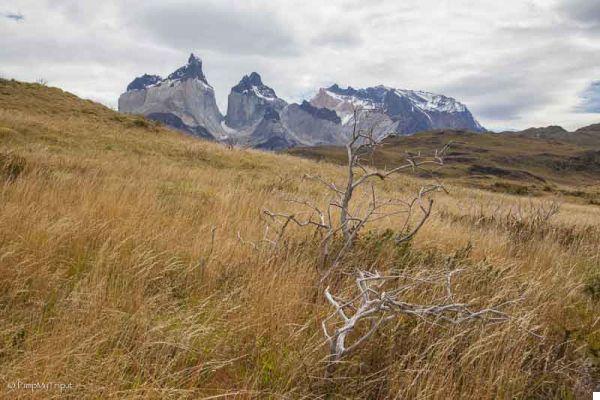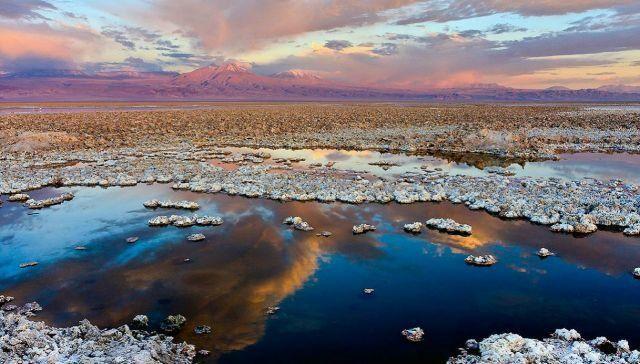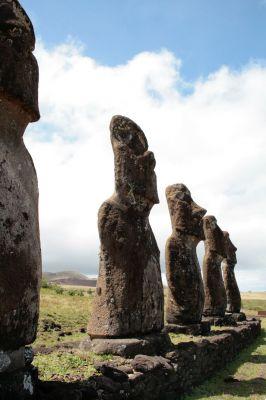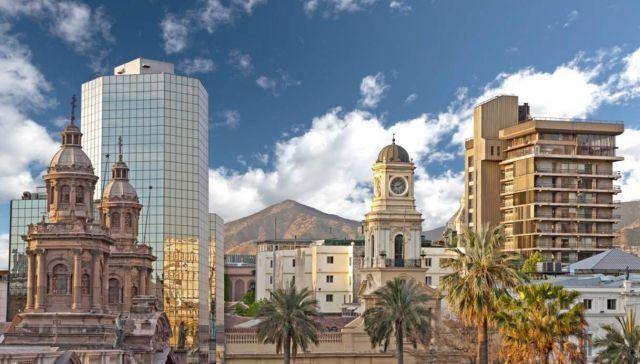 From the general market to the historic center, walking among the splendid buildings of the colonial period, here's what to see in the capital of Chile
From the general market to the historic center, walking among the splendid buildings of the colonial period, here's what to see in the capital of Chile
Santiago is Chile's most important urban center, as well as its capital. It is a lively and modern city located in a valley between the majestic Andes and the Coastal Cordillera. Like many cities in Latin America, Santiago features different aspects that combine together in a perfect mix: a historical and artistic heritage linked to the colonial past and natural beauty, as well as fantastic works of modern architecture. Every corner of the city tells a piece of history of this wonderful capital, ranging from colonial buildings to Art Nouveau villas, passing through museums and squares.
And then the skyscrapers, the chaotic streets and the elegant shopping centers that make it a lively and cosmopolitan metro. This wonderful city, where the great poet Pablo Neruda it has lived for a good part of its life, it has many surprising beauties to show tourists and there are several destinations in the capital of Chile that deserve to be visited. We show you what in our opinion are the 5 destinations absolutely not to be missed in the capital starting from the historic center, the most tourist point from which to start to admire the main attractions.
The heart of Santiago de Chile is lively Plaza de Armas, one of the most beautiful squares and the busiest meeting place in the capital. The foundation of Santiago and its historic center originated here. Also here, there are many colonial-style buildings, including the Metropolitan Cathedral, a grandiose monument of religious art, built in the 18th century, the elegant Central Post Office, the municipality building, the National Museum of History and the former Royal Palace.
Continuing you come across the La Moneda Palace. It represents one of the most majestic buildings in the city; official headquarters of the mint until 1929, it then became the presidential residence in 1846. Construction work began around 1784 according to the project by Gioacchino Toesca. The building underwent restoration after the 1973 coup. Today the head of state resides elsewhere but the presidential and state offices continue to be used. The late-colonial style building extends for an entire block and if on one side it touches the Plaza da la Constitucion, on the other, on the south side, it overlooks the Plaza de la Ciudadanía where, among other things, the modern Cultural Center, which has a number of exhibition spaces where major exhibitions are held. Costitucion Square, which surrounds the Palacio de La Moneda, was built in 1930 as a public square and is considered the green lung of the city
In the romantic and picturesque neighborhood of Bella Vista, renowned for its refined restaurants, exhibitions, theaters and open-air art galleries, there are also the homes of some famous writers, such as Pablo Neruda's La Chascona. A destination not to be missed especially for those who know and love the great poet who won the Nobel Prize for Literature. It is the house where Neruda lived most of the last 20 years of his life with his third wife, defined as Chascona, due to her hair, until 1973, the year of the artist's death.
It is one of the three houses of the poet which today, in addition to being an important museum, with objects and jewelery that testify to the life and works of the writer, is also the headquarters of the Pablo Neruda Foundation, a true artistic-literary laboratory with inside an Estravagario space where poetic recitations, book presentations and many other cultural events that enliven the capital of Chile take place. Taking the funicular you reach the top of the hill of San Cristobal, one of the most important social and cultural places in Santiago.
In fact it is a lush green area a stone's throw from the center. From here you have a splendid panoramic view of the city but also some other interesting attractions to visit, such as the Sanctuary of the Immaculate Conception, the statue of the Virgin Mary illuminated day and night and always visible from almost any point in the center, a church, an amphitheater and the municipal zoo, together with a Japanese-style garden, two municipal swimming pools and numerous other services that make it an area pleasant to stop, relax and escape from the chaos of this Chilean metropolis.
Finally we suggest a nice walk to Central Market, built in 1872. It is the true commercial heart of Santiago, with fishmongers, butchers and bakeries, it includes well over 241 shops and was declared by National Geographic as the fifth most beautiful market in the world. The most famous area of the Mercado Central is that of the fish restaurants where you can taste recipes from the ancient gastronomic tradition of Chile such as Paila Marina or Pescado Frito. A tradition of the capital is to conclude the New Year's Eve celebrations at the Mercado: here the inhabitants usually meet cheerfully to eat fish as the first meal of the new year, all accompanied by music and singing.
The best time to organize a trip to the capital of Chile is in spring o autunno because in these seasons the climate is milder and therefore the grayness of winter days and the suffocating heat of the summer season are avoided. Furthermore, in these two periods of the year it is possible to enjoy a splendid natural landscape and therefore take advantage of it to go on excursions around Santiago. To reach the city you can count onairport Comodoro Arturo Merino Benítez International, considered an ultra-modern airport that welcomes flights from the main capitals of Latin America and from all over the world.
It is located 15 kilometers from the city center and connected to the city by a shuttle bus. In addition to this, the capital of Chile boasts a railway line and an efficient bus service. To best get around the grandiose capital there is an excellent and modern one subway which has five different lines that extend throughout the city; there is also a line of city buses, taxis and trams.




